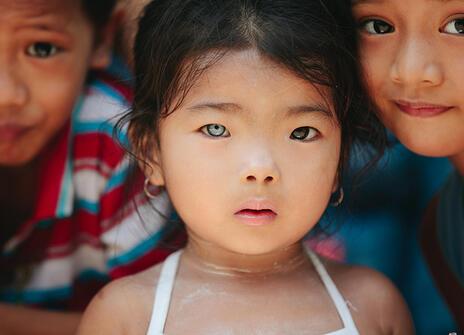In a series of three Lectures broadcast on BBC Four on the 26th, 27th and 28th December, Professor Dame Sue Black revealed the secrets of the real-life scientific detective process she uses to identify both the dead and the living.
You can watch the lectures here on BBC iPlayer.
Sue gave an unprecedented insight into her role in deciphering secret messages hidden within the body as she strives to name the unknown, reuniting dead and living bodies with their identity.
She revealed how extraordinary clues in our bones can reveal everything from our age, sex and medical history, to our diets and ancestry; as well as how the trend for body modifications – from split tongues to Teflon horns – has become a surprising forensic tool.
Sue will show how crimes can be solved from the smallest fragments of bones – using examples from her casebook – and contrasting the challenge of identifying someone from a single fragment, with the problem of identifying individuals in a mass grave which could have bones mixed from hundreds of skeletons.
We’ll see how fingerprinting and DNA testing has helped resolve wrongful convictions, but how it’s also led juries astray, with a special guest KC interrogating evidence live in the Ri Theatre, to reveal the limitations of this much-used tool of forensic science.
We’ll also look at the future of identifying the living. Sue will reveal how she’s developed a pioneering method of identifying criminals through the veins and wrinkles in their hands. And she’ll ask whether ultimately our identity is actually contained most in our memories, and whether this could ever be mapped for truly fool-proof identification.
Sue will be joined in each lecture by leading specialists such as detectives, lawyers, pathologists, and dog handlers.
The 2022 CHRISTMAS LECTURES are co-produced by the Ri and Windfall Films and will be broadcast on BBC Four and iPlayer at 8pm on the 26th, 27th and 28th December.
Sue will draw on case studies from her long experience investigating crime and working in war zones and areas impacted by natural disasters. While such subjects can be challenging, they will be addressed in a sensitive and appropriate manner for a young audience of 11-17 year olds. However, all audience members and their parents should consider whether such content is appropriate for their own individual circumstances.


